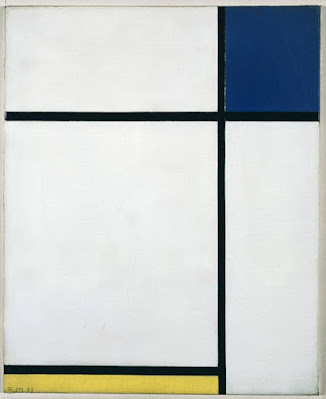 |
| Hiroshi Sugimoto Union City Drive-In 1993 gelatin silver print Moderna Museet, Stockholm |
 |
| Peter Tillberg Armoire 1968 oil on canvas Moderna Museet, Stockholm |
 |
| Johan Axel Gustav Acke River Dance 1896 oil on canvases, mounted on five-panel screen Prins Eugens Waldemarsudde, Stockholm |
 |
| Hans Åkerstrand Window ca. 1942 drawing Moderna Museet, Stockholm |
 |
| Sten Didrik Bellander Kaj and Greenhouse 1953 gelatin silver print Moderna Museet, Stockholm |
-Moderna-Museet-Stockholm.jpeg) |
| Marcel Duchamp Fresh Window 1920 & 1960 assemblage - wood, glass, leather (replica of original, signed by Duchamp and executed by Ulf Linde in 1960) Moderna Museet, Stockholm |
-Moderna-Museet-Stockholm.jpeg) |
| Joseph Cornell Untitled 1954-56 assemblage - glass, wood, paper Moderna Museet, Stockholm |
 |
| Piet Mondrian Composition with Blue and Yellow 1933 oil on canvas Moderna Museet, Stockholm |
 |
| Ollie Nyman Stairs ca. 1935 gelatin silver print Moderna Museet, Stockholm |
 |
| Lilo Raymond Door 1973 gelatin silver print Moderna Museet, Stockholm |
 |
| Susan Rothenberg Two-Tone 1975 acrylic and tempera on canvas Albright-Knox Art Gallery, Buffalo, New York |
-Museum-Folkwang-Essen.jpg) |
| Jan Tschichold Prinz Louis Ferdinand - Phoebus-Palast 1927 poster (publicity for silent film) Museum Folkwang, Essen |
 |
| Sverre Wyller Lamp & Linen #2 1994 acrylic on cardboard, mounted on masonite Stortingets Kunstsamling, Oslo |
 |
| Pravoslav Sovák Installation Imaginaire, Dahlem ca. 1992 color aquatint Kunsthalle Mannheim |
 |
| Robert Rauschenberg Gloria 1956 oil paint and paper collage on canvas Cleveland Museum of Art, Ohio |
-1955-oil-on-canvas-Carnegie-Museum-of-Art-Pittsburgh.jpg) |
| Mark Rothko Yellow and Blue (Yellow, Blue on Orange) 1955 oil on canvas Carnegie Museum of Art, Pittsburgh |
There was a cowherd called Lampis, who was a bully. He had also asked Dryas if he could marry Chloe and had already given him a large number of presents in his eagerness for the marriage. He heard that if Daphnis got his master's consent, he would marry her, and looked for some way of making the master antagonistic to Daphnis and Lamon. He knew that the master took pleasure in his garden and decided to do what he could to damage it and spoil its beauty. If he cut down the trees, he was likely to get caught because of the noise; so he made the flowers his target for destruction. He waited for night, then he crossed the fence, dug some up, broke others off, and trampled the rest down like a pig. He got away without being seen. When Lamon came to the garden the next day, intending to draw water for the flowers from the spring, he saw the whole place devastated – in a way an enemy, not a thief, would have gone to work. At once he ripped his tunic in pieces and called on the gods with a great shout, so that Myrtale dropped what she was doing and ran out, and Daphnis left his goats and ran up. Seeing it, they shouted, and, shouting, they wept: a new kind of mourning – for flowers.
– Longus, from Daphnis and Chloe (2nd century AD), translated from Greek by Christopher Gill (1989)